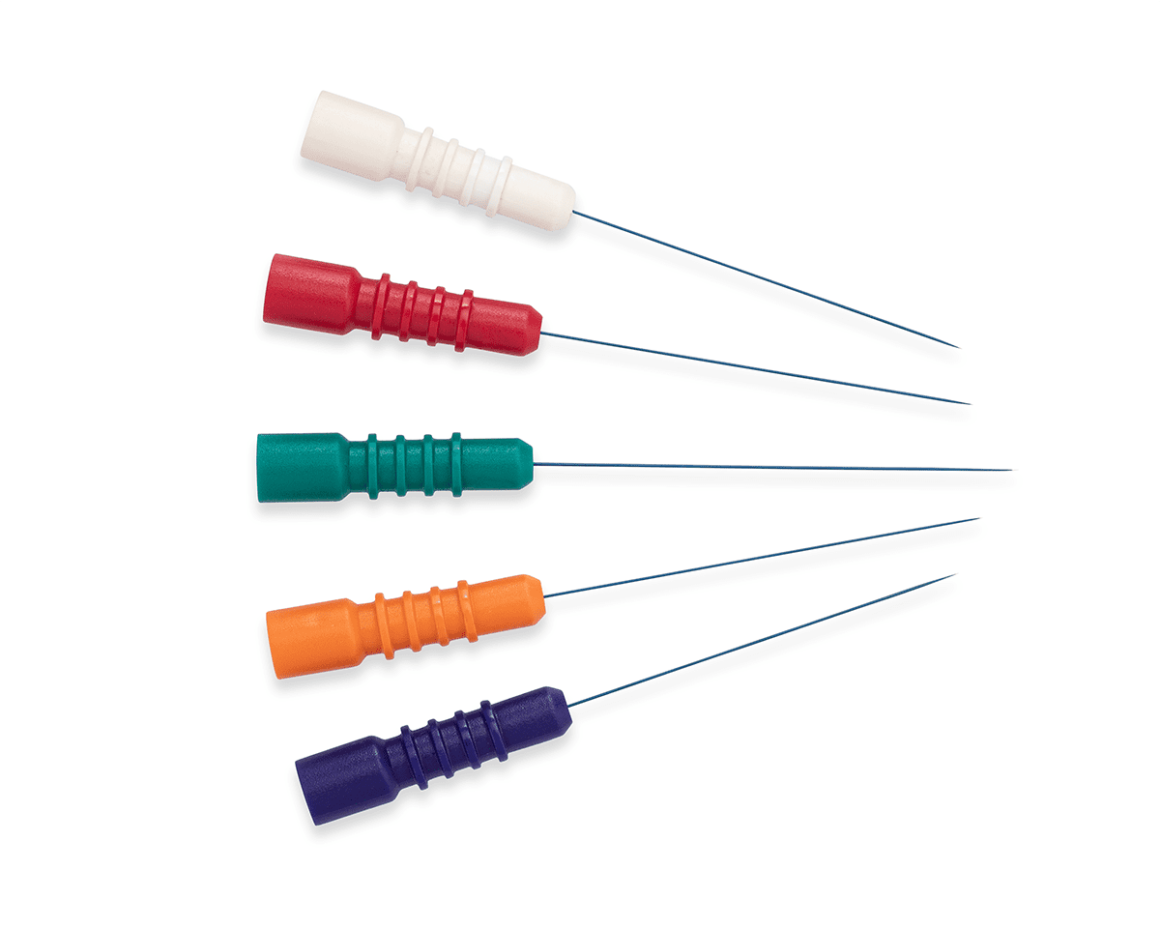Many medical device and component applications are covered with non-stick coatings, such as PTFE, to enhance their properties and performance. One such medical product is the coated stimulation needle. Used for a variety of medical procedures and applications, PTFE coated stimulation needles are capable of reducing pain for patients along with numerous other benefits.
What is a Stimulation Needle?
Stimulation needles are a perfect connection between needle, tubing and connection cable that works together to prevent the escape of fluids. The nature of this design also makes it possible to prepare a stimulation needle with an external plastic casing that perfectly unites the needle, tube and connection cable.
Stimulation needles are used commonly as an epidural needle for use in local anesthesia. In this particular use, medical staff require a high level of control during penetration of the needle. And, with a smooth insertion of a needle, there is a decreased likelihood of infection or cross-contamination.
Advantages of the stimulation needles include precise nerve stimulation for high success rates, excellent puncture and gliding characteristics, comprehensive assortment of needle lengths and sizes and ergonomic needle hub for enhanced tactile feedback.
How is a Stimulation Needle Used?
A stimulation needle is developed for effective neurostimulation in the treatment of pain with precise penetration behavior. PTFE coated needles have cm marking that facilitate accurate depth determination. In addition, these needles require minimal pressure to puncture the targeted nerve while also providing enhanced tactile feedback for the user.
What Are the Benefits of PTFE Coated Stimulation Needles?
PTFE coated stimulation needles are useful for epidurals, spinal, radiofrequency and ultrasound procedures. The coatings of these needles act as an insulator that allows the needle to perform the required work, whether that requires ease of penetration, tissue navigation, visualization, strength, stability or heat resistance. All in all, the PTFE coatings of these needles benefit patients by facilitating more precise control of the needle tip during operations.
